Qadisha Valley
Overview
Geography and Terrain
History and Christianization
A Living Cultural Heritage
Natural Resources and Agriculture
Preservation and Protection
Characteristics and classifications
All Reviews (0)
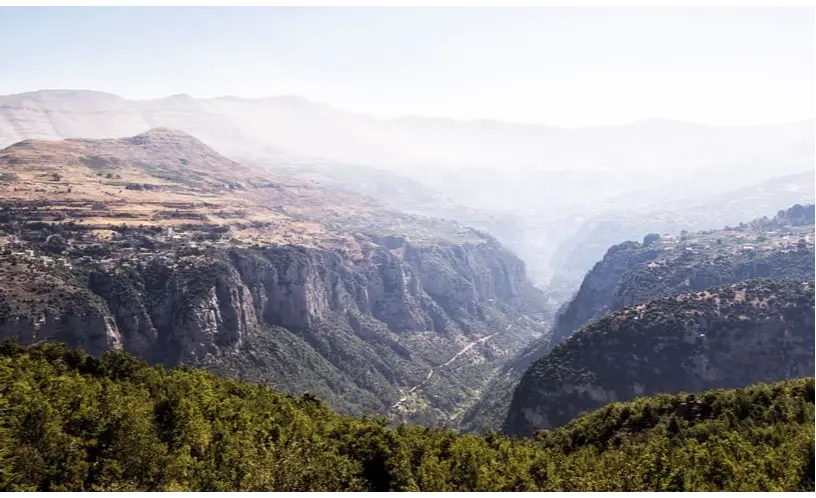
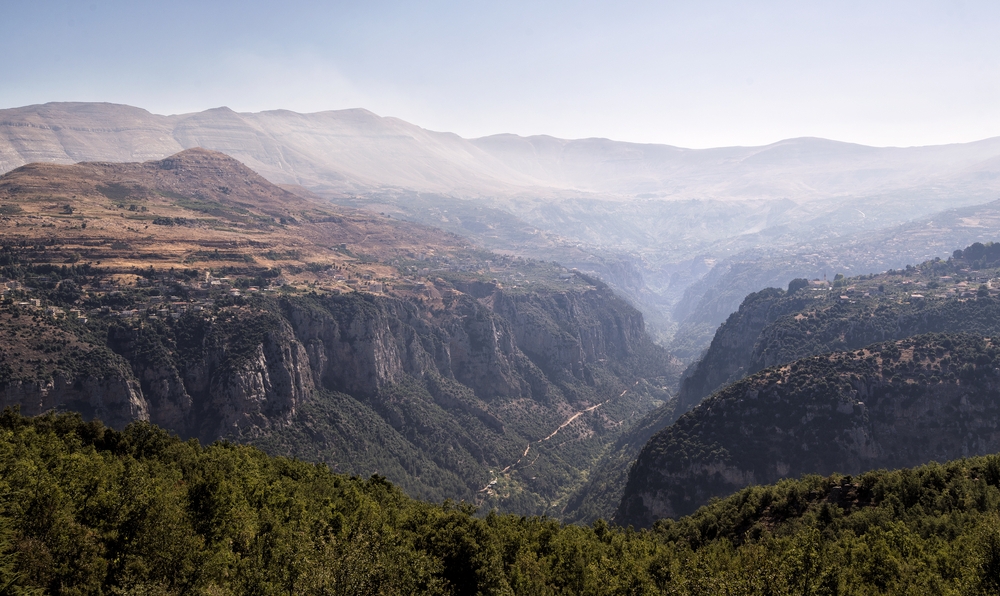


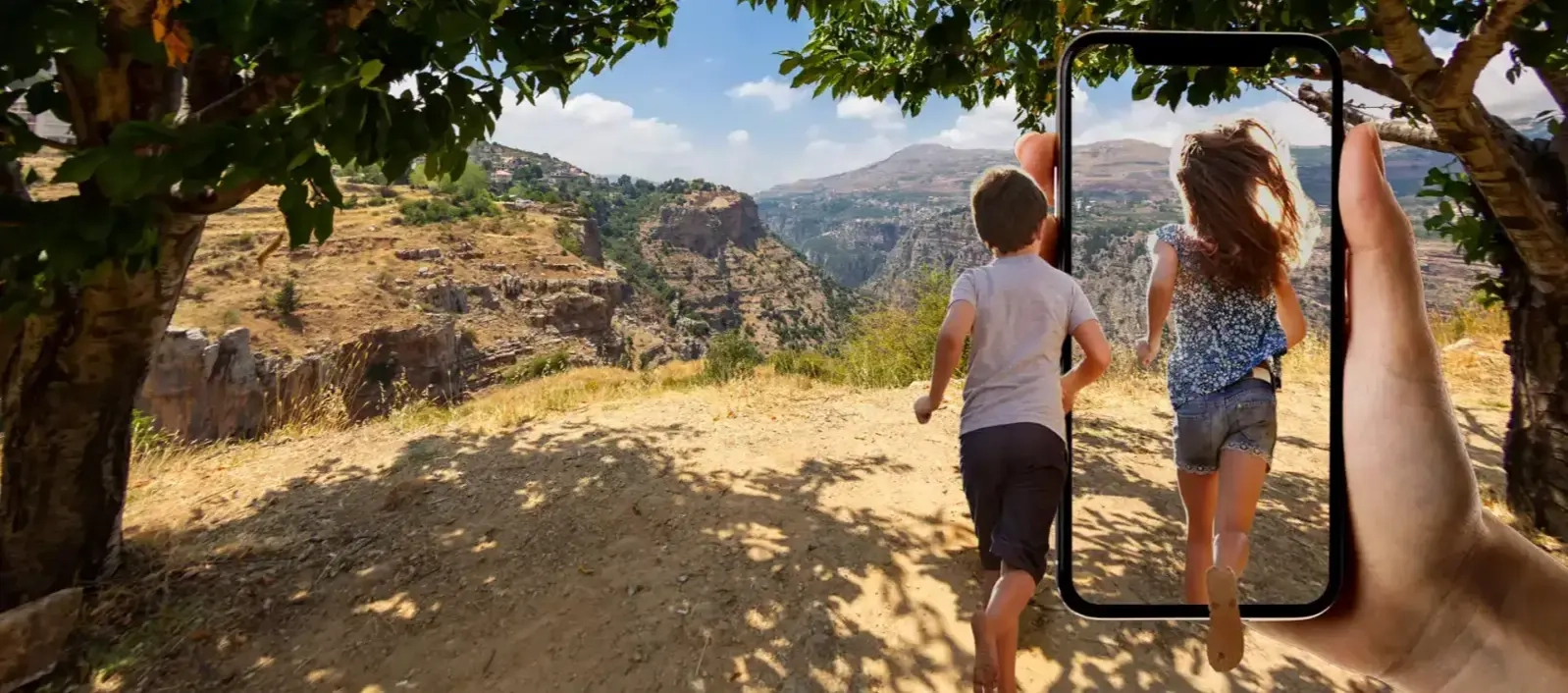


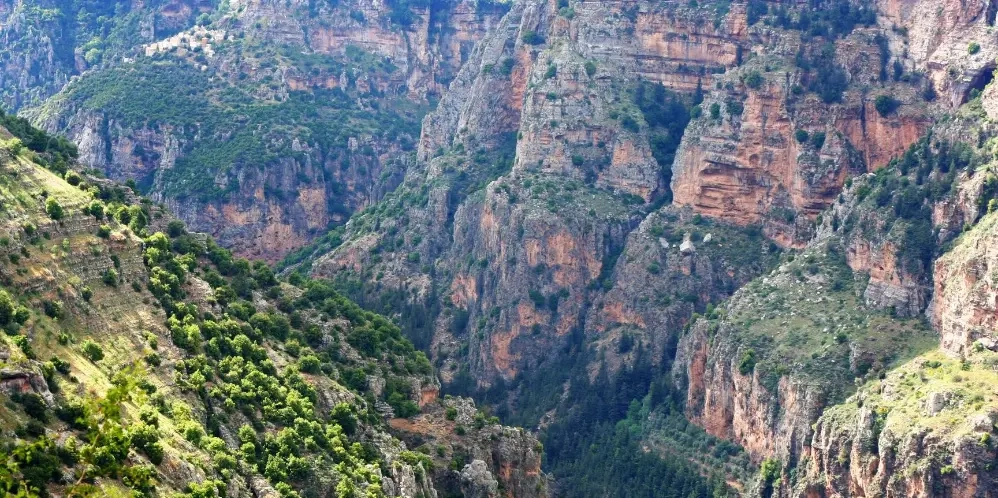
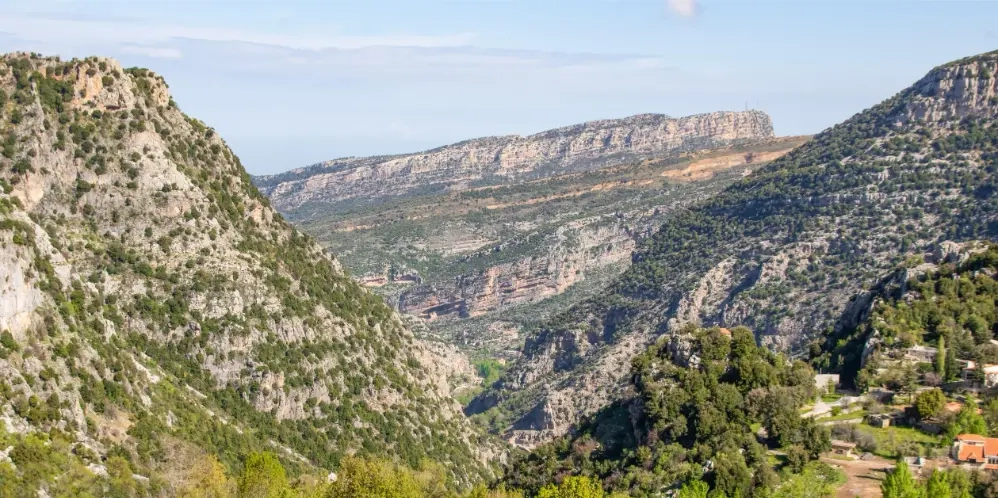






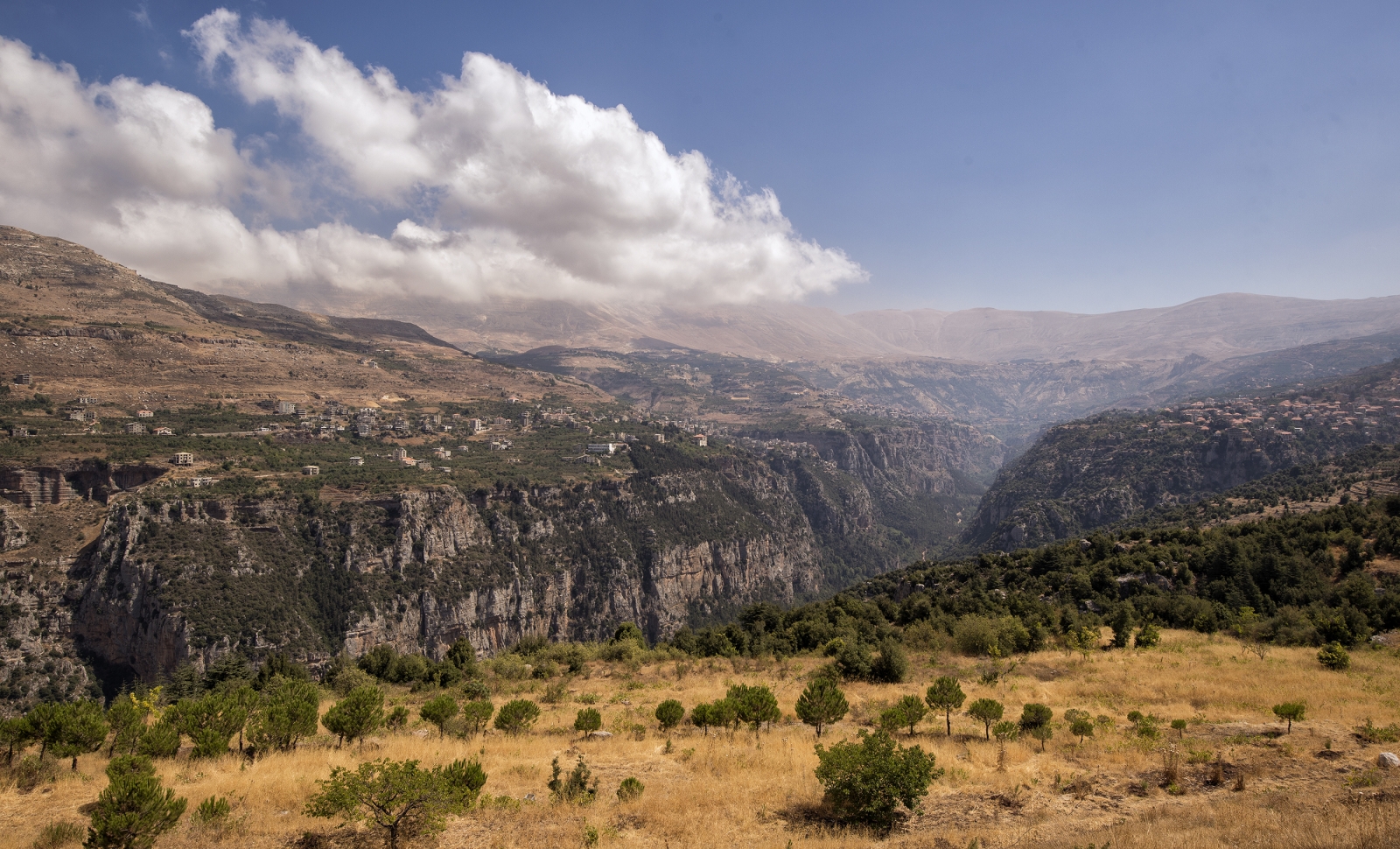
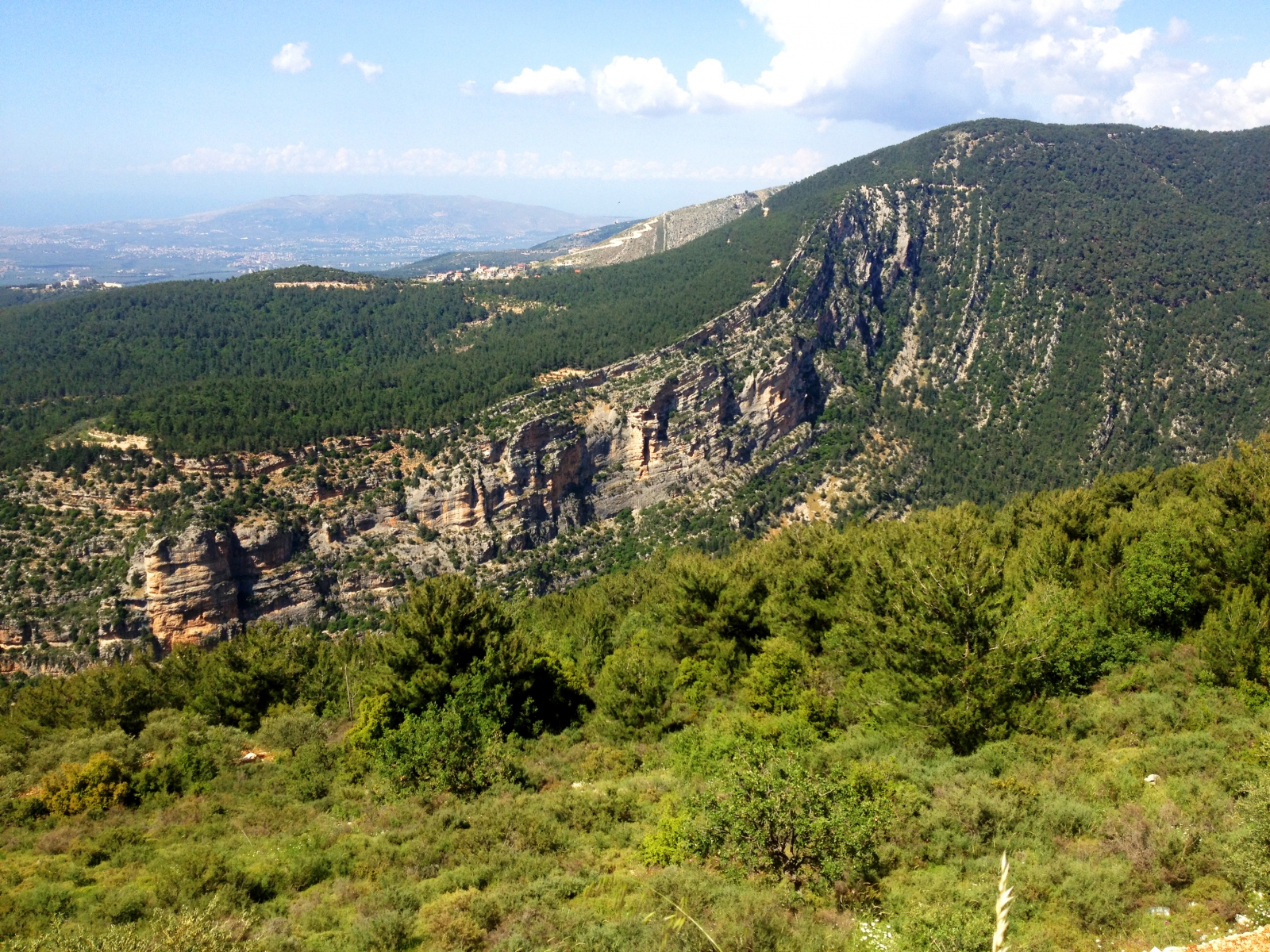


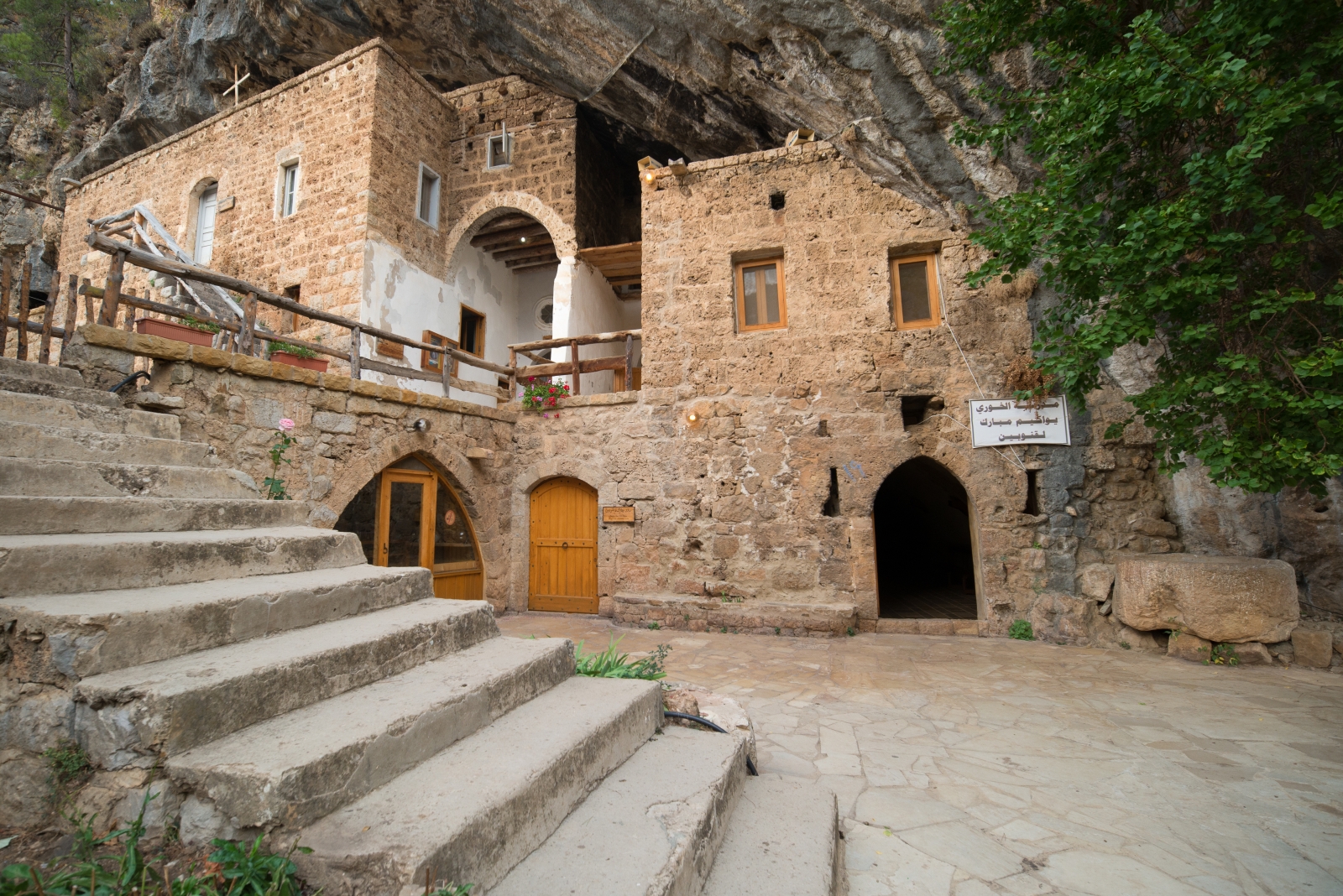
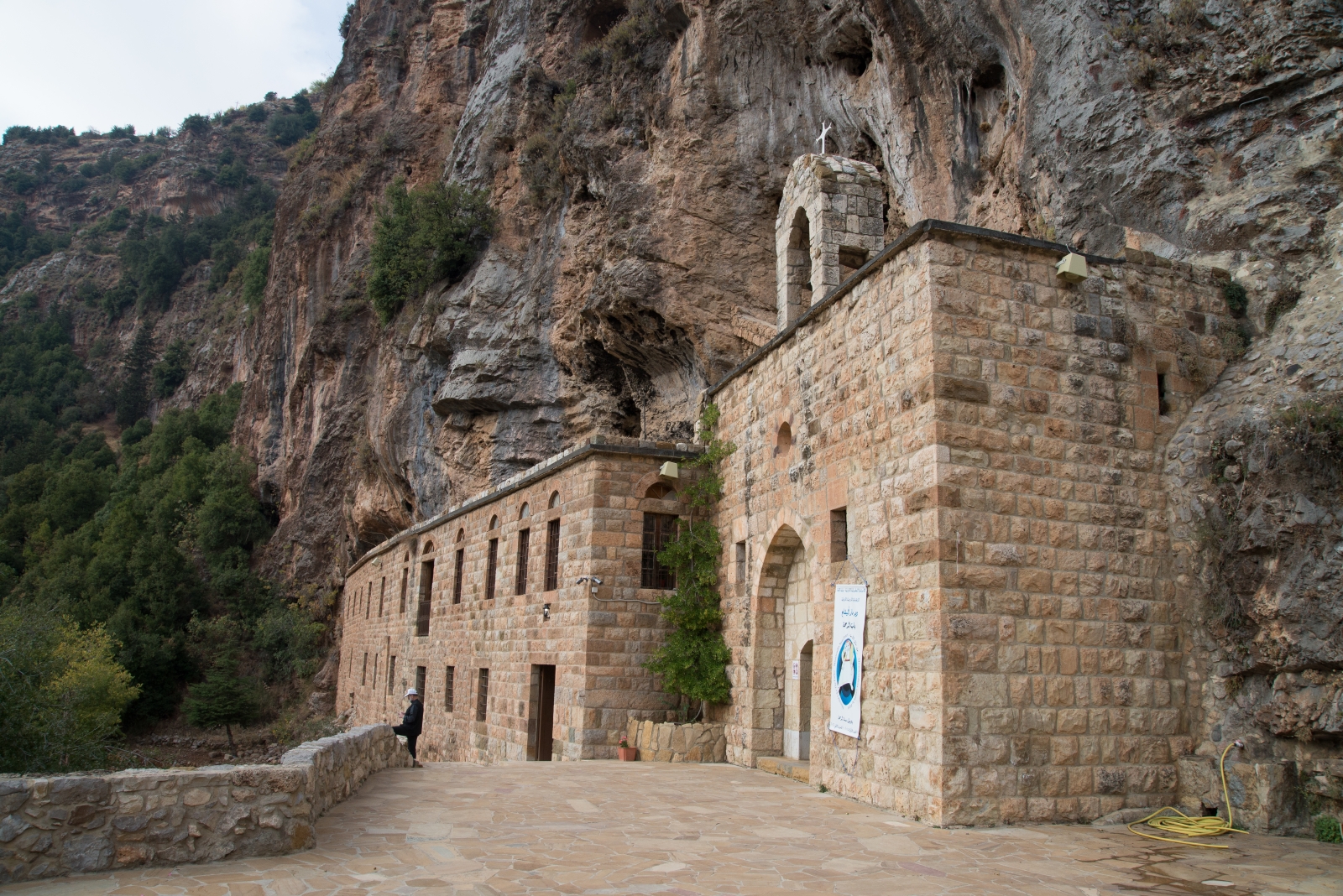

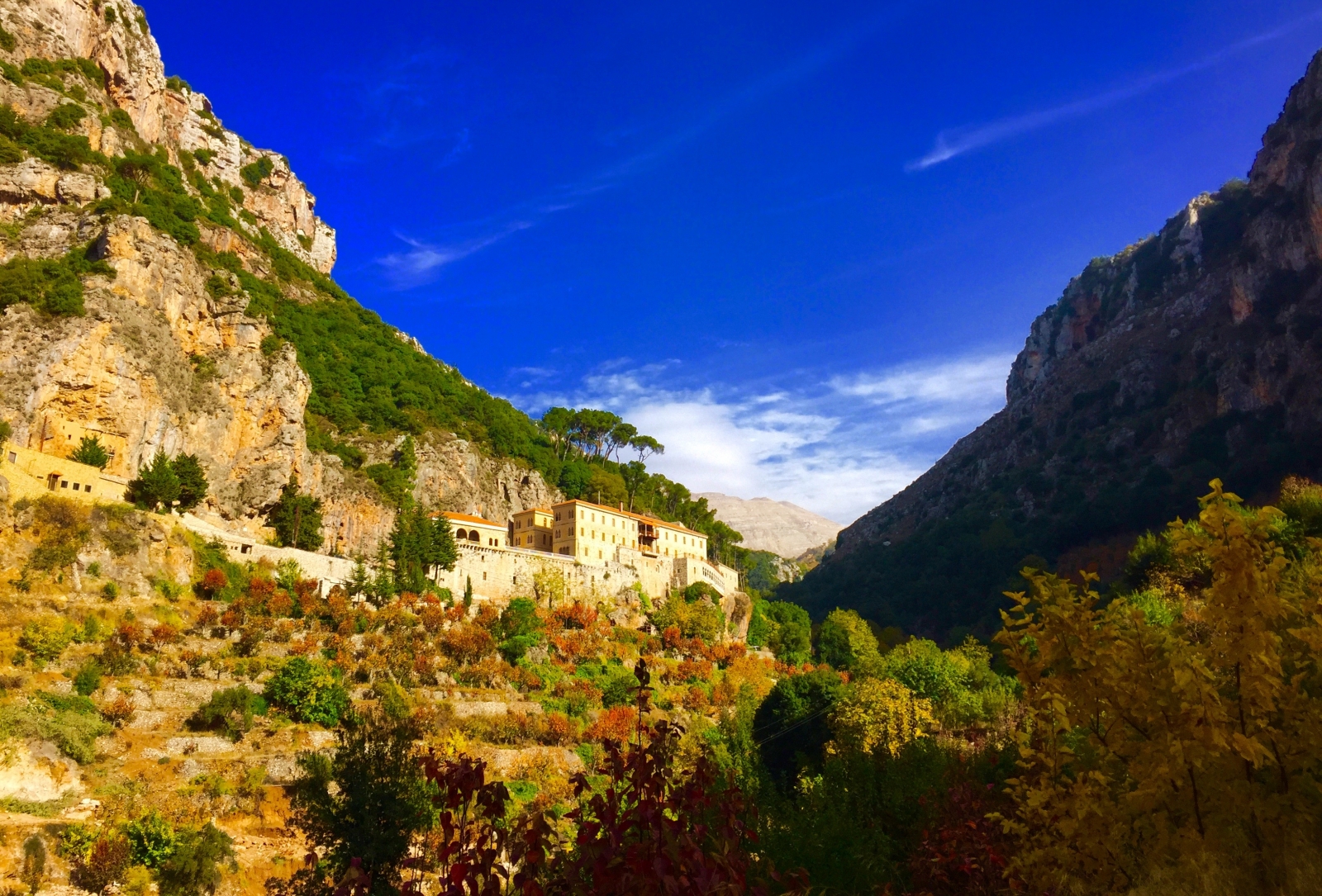

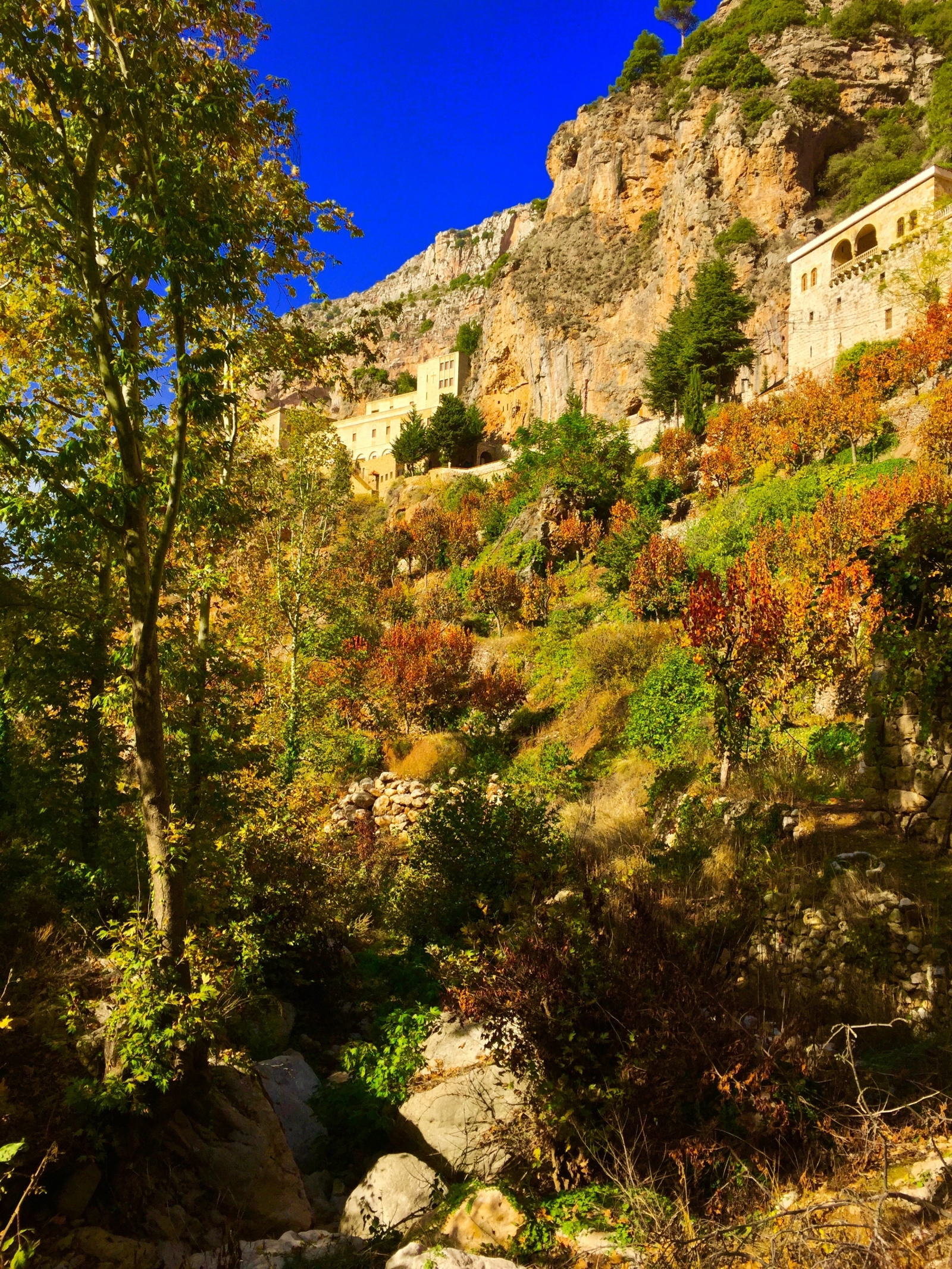

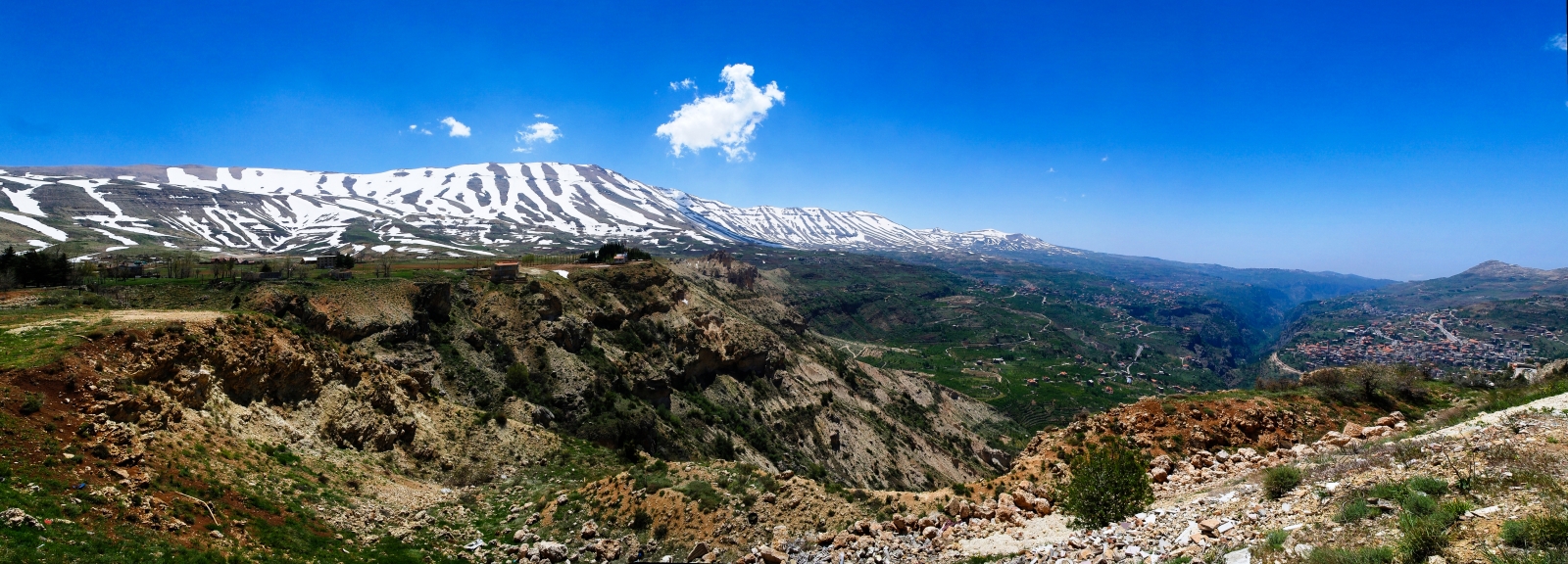

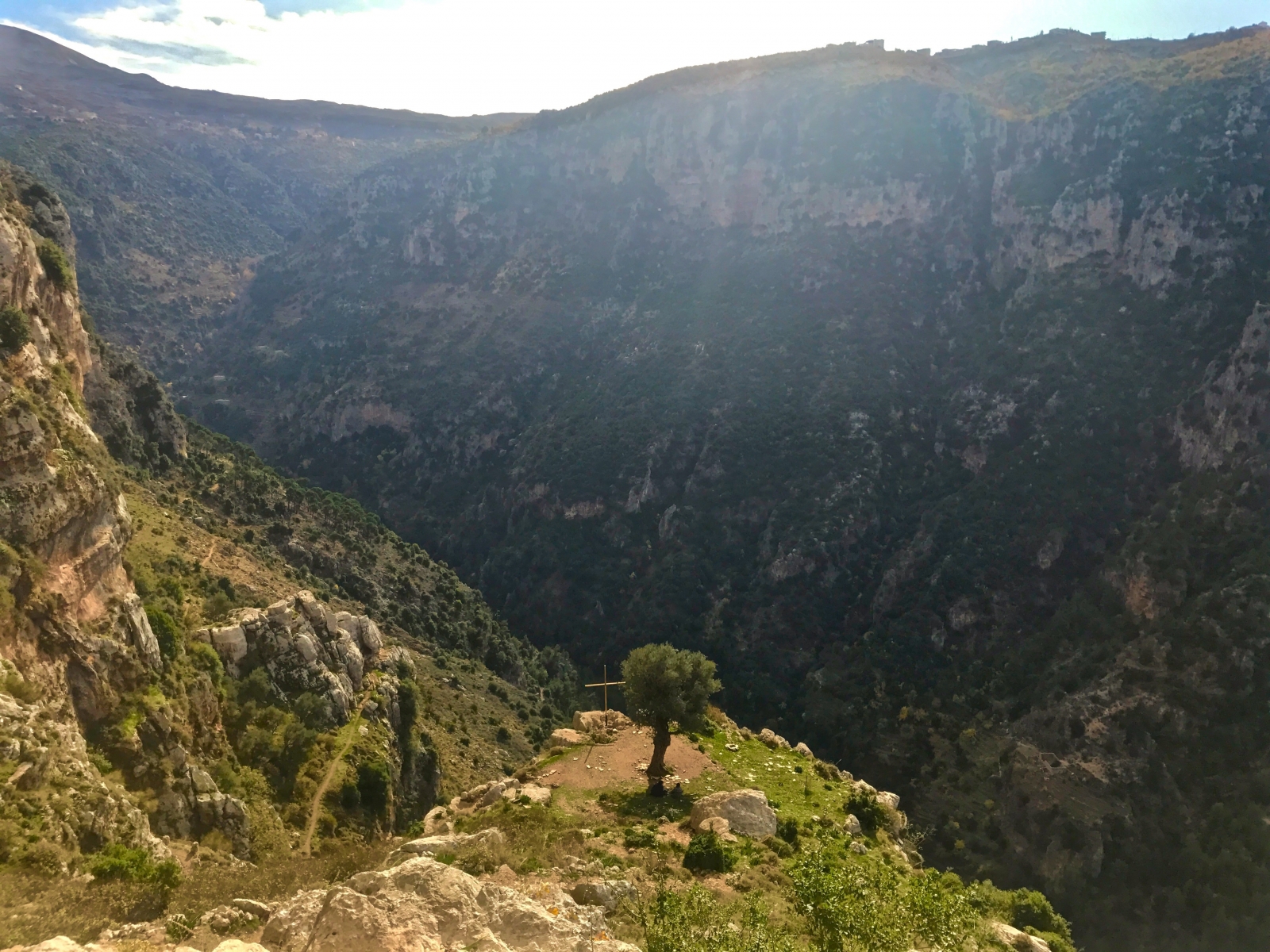


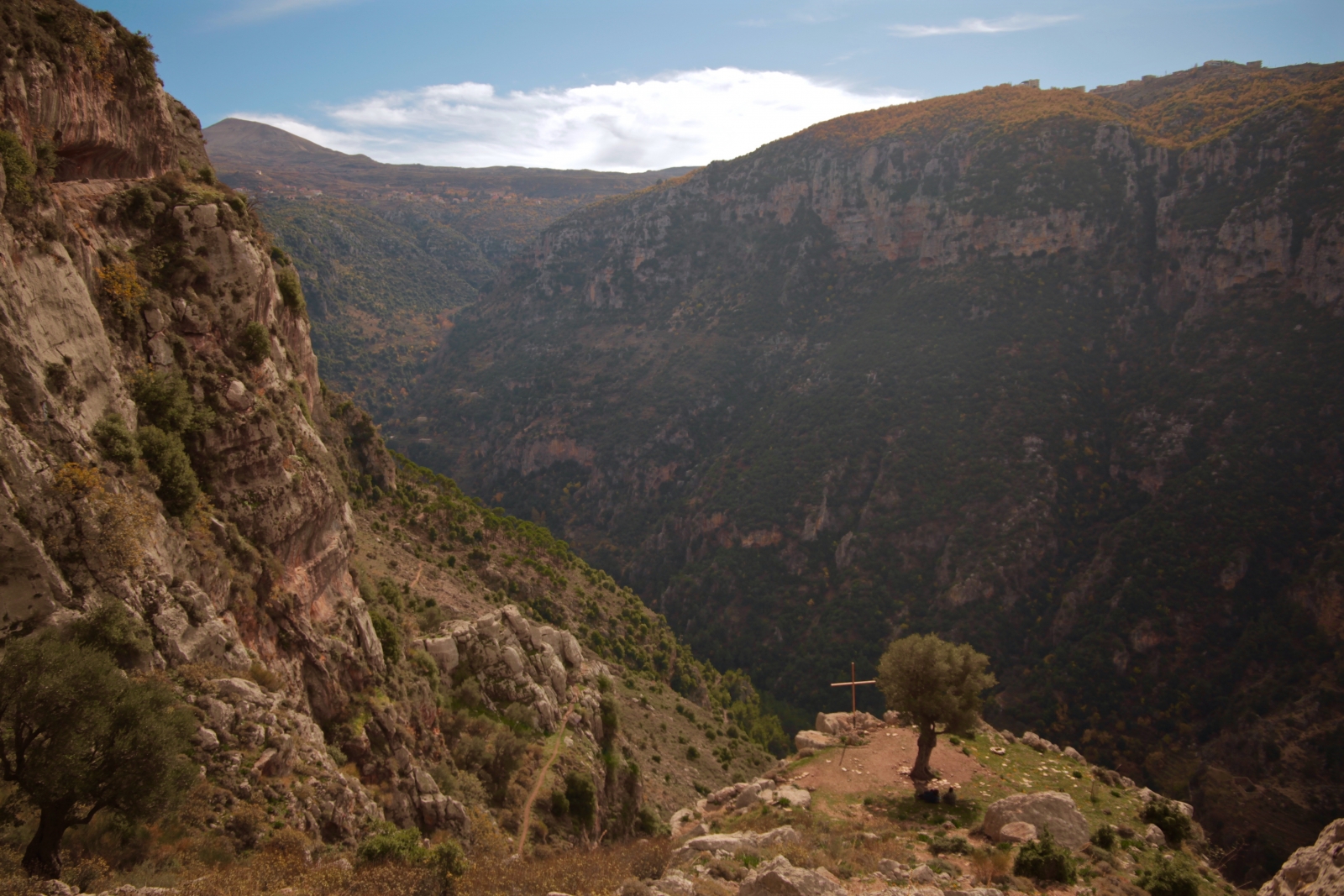
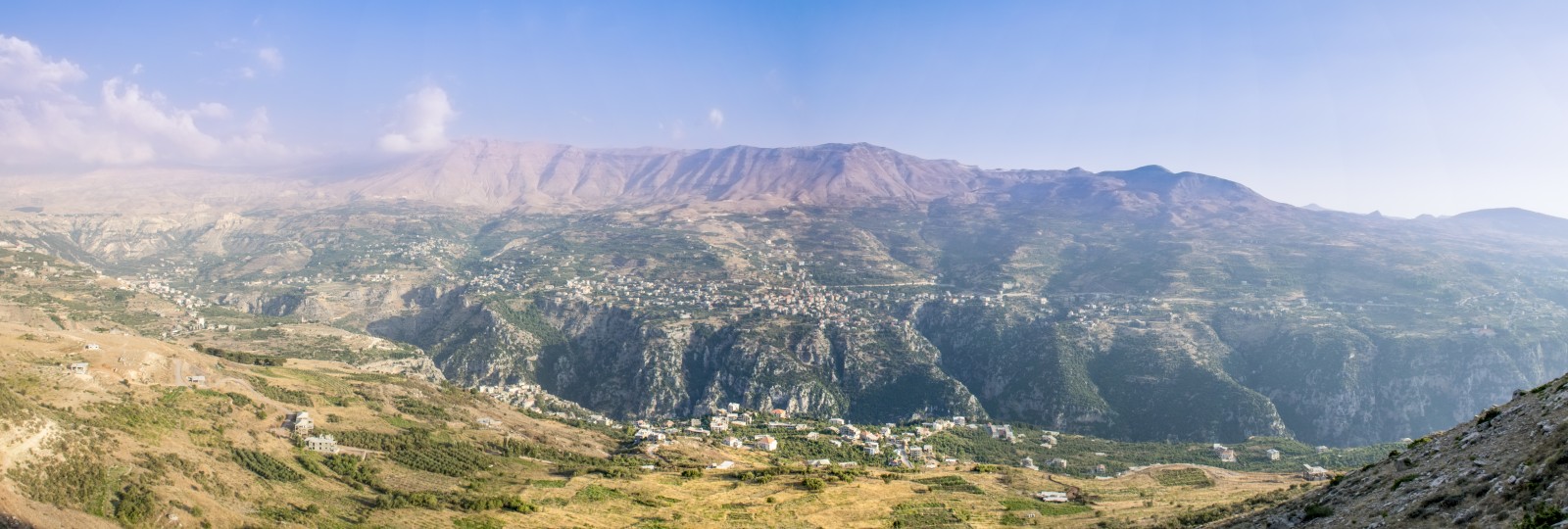
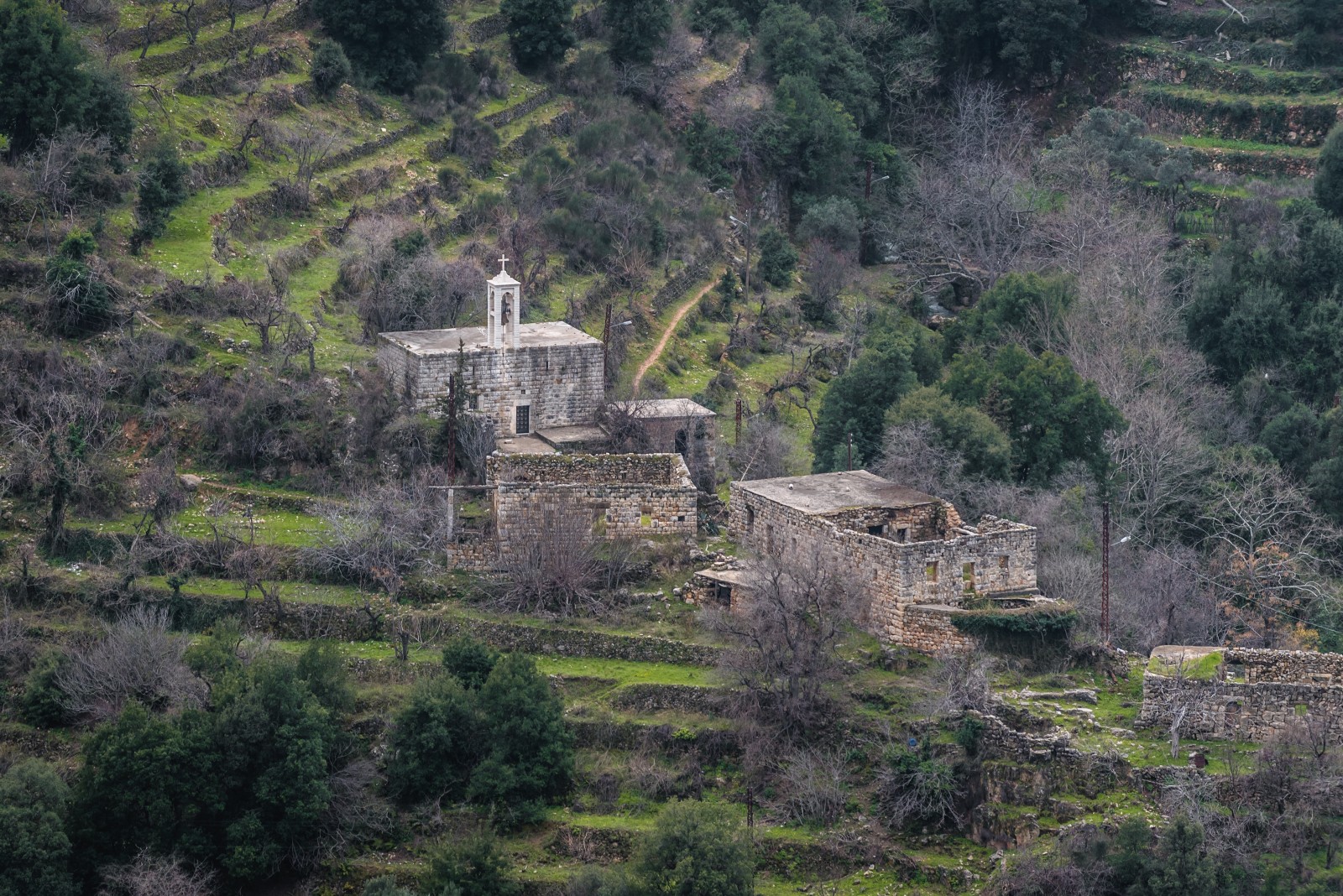
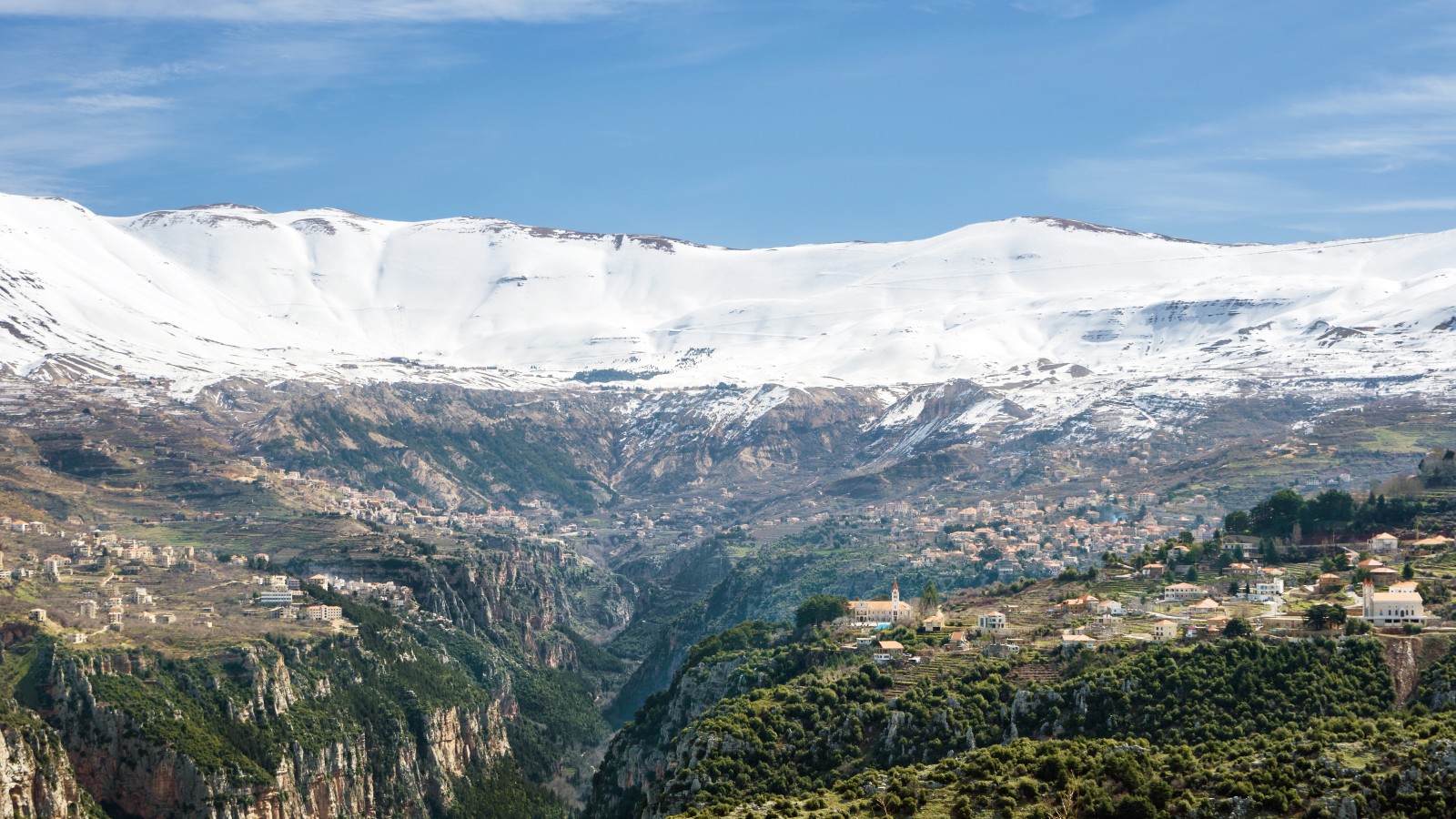
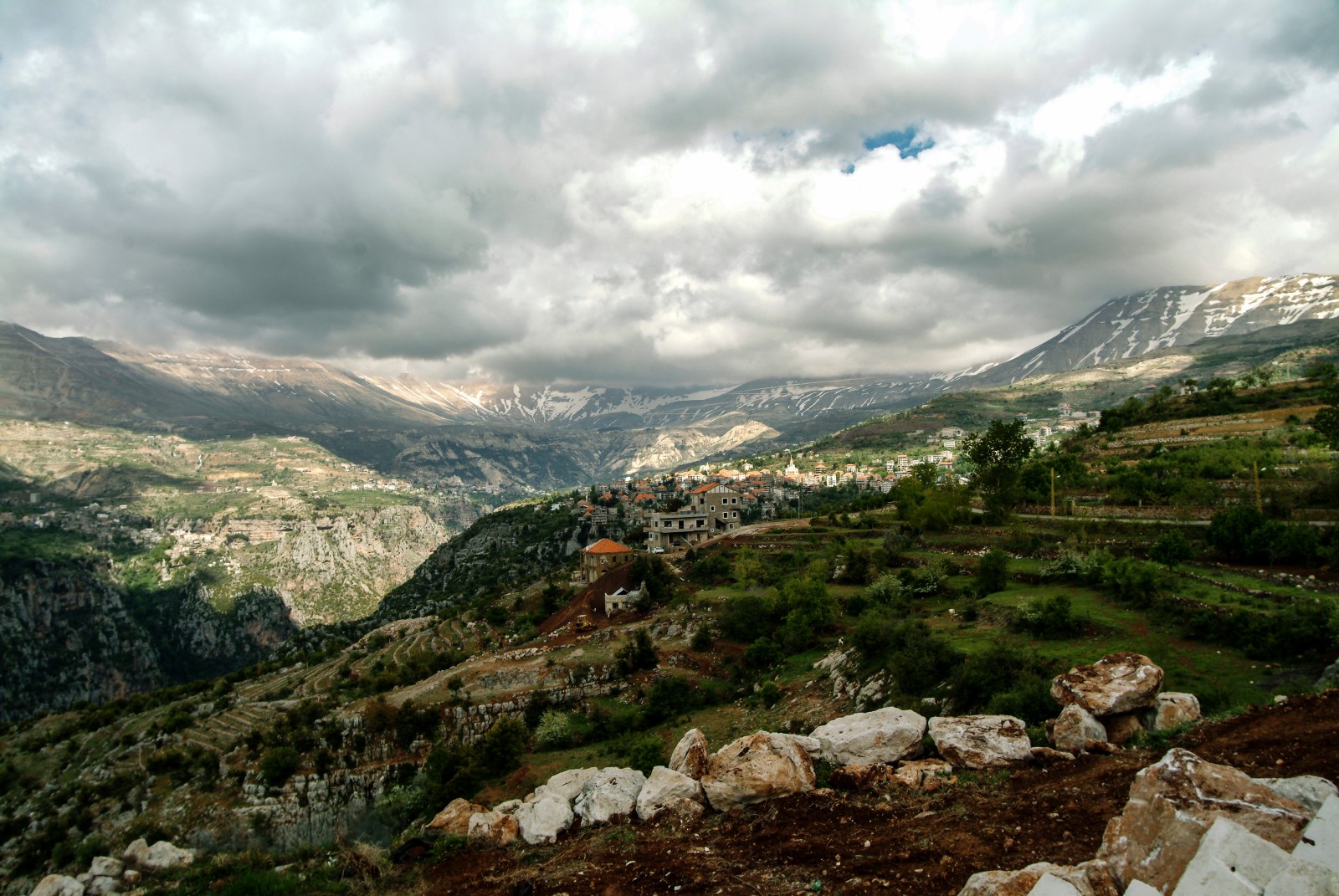
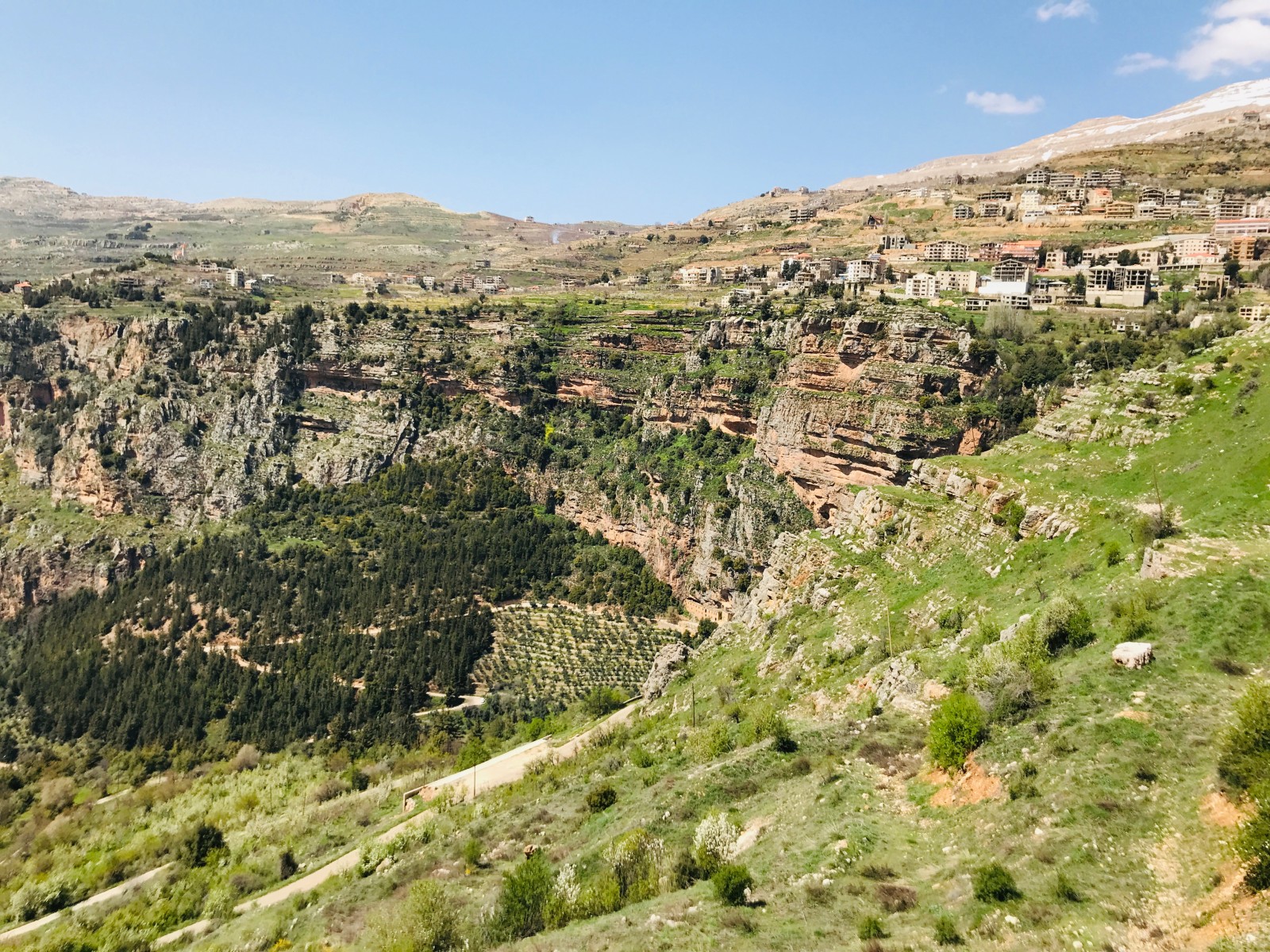
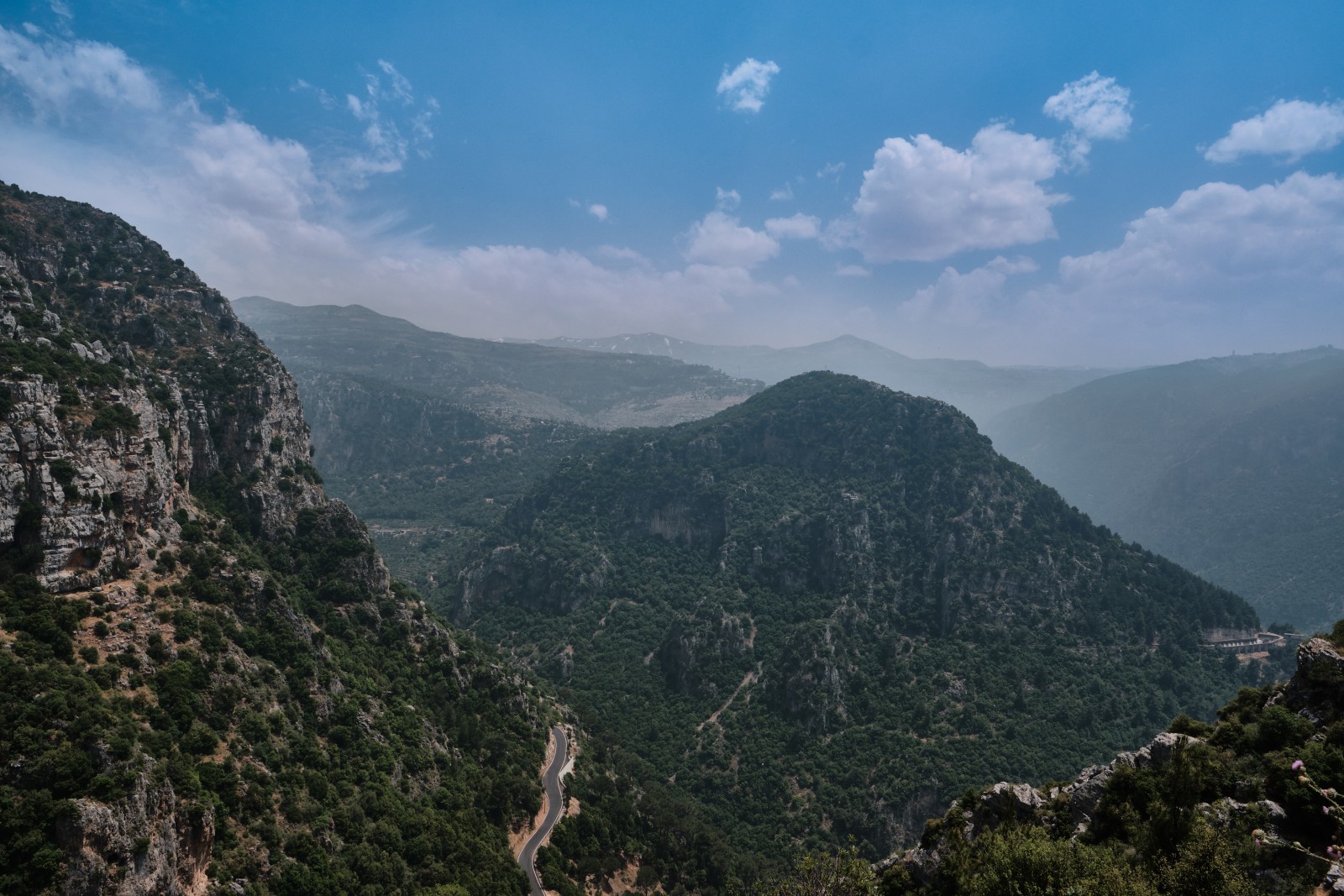
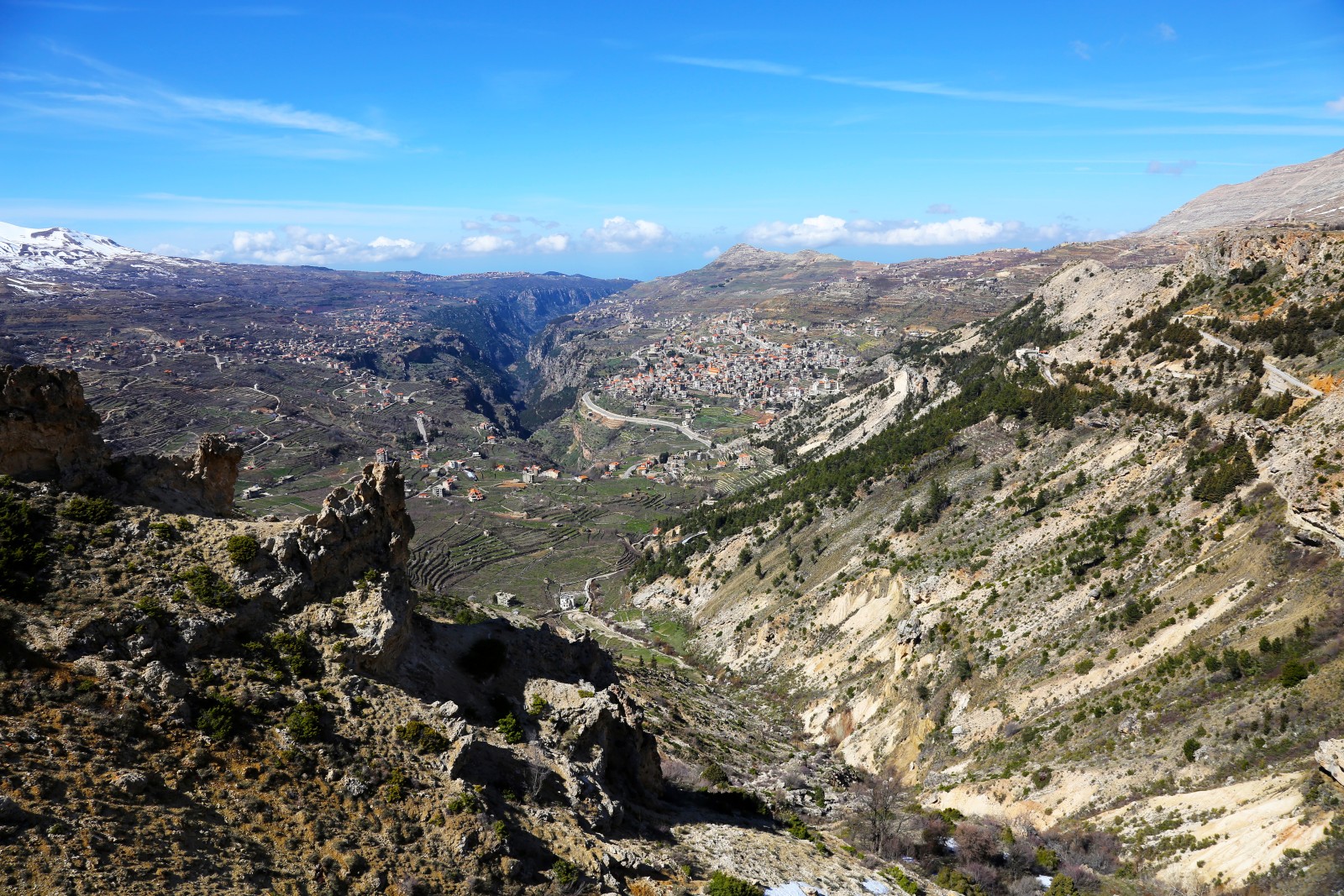

HomeWIKIMOOVReligious sites Leaflet

Vallée de Mar Lisha

Vallée de Hamatoura

Vallée des Jacobites

Couvent de Notre Dame de Haouqa

A Journey Through the Wild Heart of Kadisha Valley

Discovering the mythical Qadisha Valley

BSHARRI CASA “SIGHT-TOURING”
Art & CultureBlogOut & AboutIndulgeThe Great OutdoorsA Word from the ExpertsHeritagePersonalized tripWIKIMOOVExperiencesEventsTrailsFind a GuideMagazineCraft & Local ProductsCulture & HeritageFood & DrinksAccommodationLeisure & EntertainmentNatureOutdoor Activities CentersReligious sitesSnow Activities CentersFamous & useful placesWater Activities CenterWellbeingBusiness PlatformJoin MOOVTOOBecome a MOOVTOO guideBecome a MOOVTOO HostI've read and I accept MOOVTOO's Privacy and Cookie Policy What is MOOVTOO ?PartnersContact usFAQLegal MentionsData Protection PolicyTerms and Conditions
What is MOOVTOO ?PartnersContact usFAQLegal MentionsData Protection PolicyTerms and Conditions